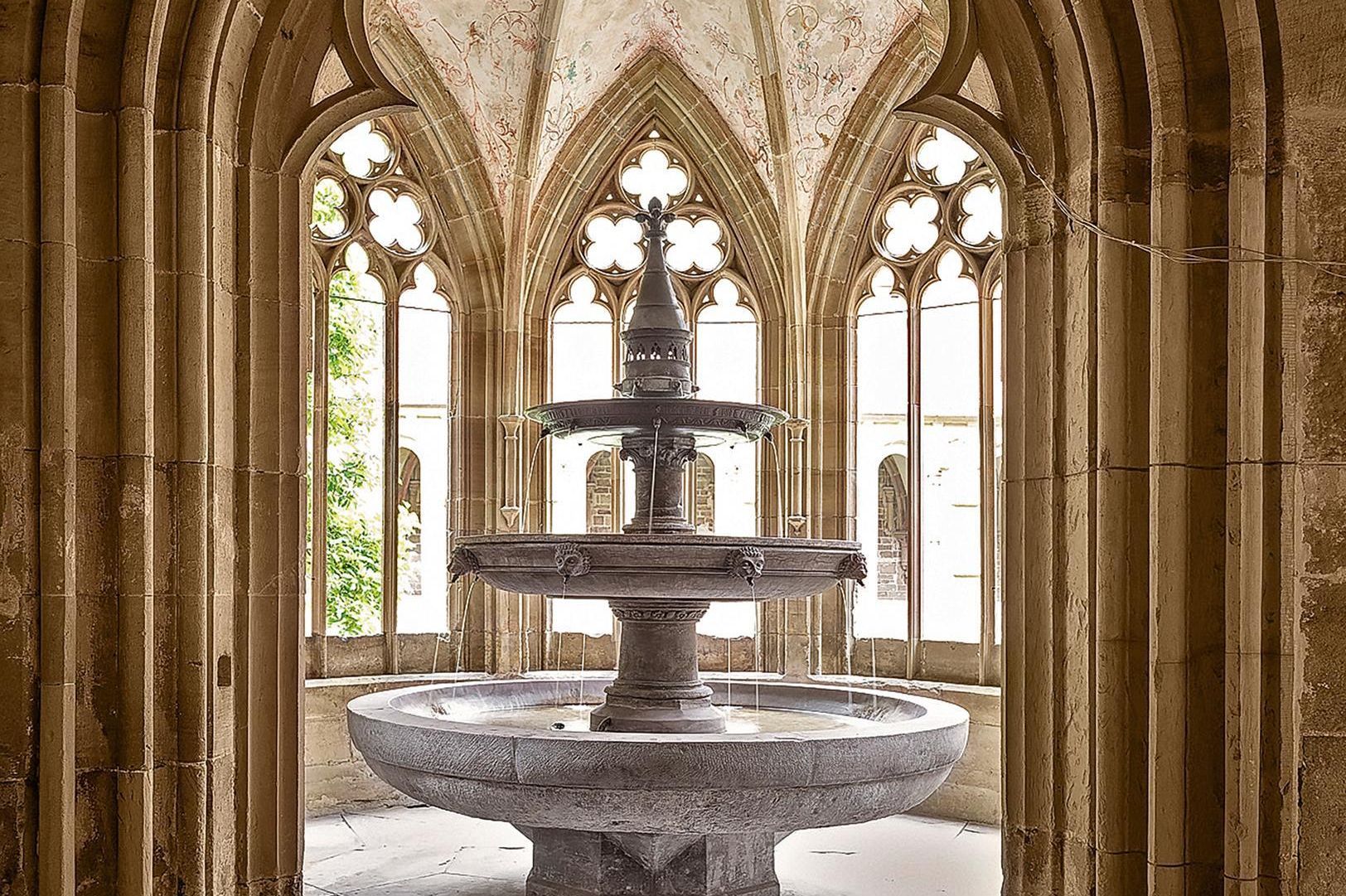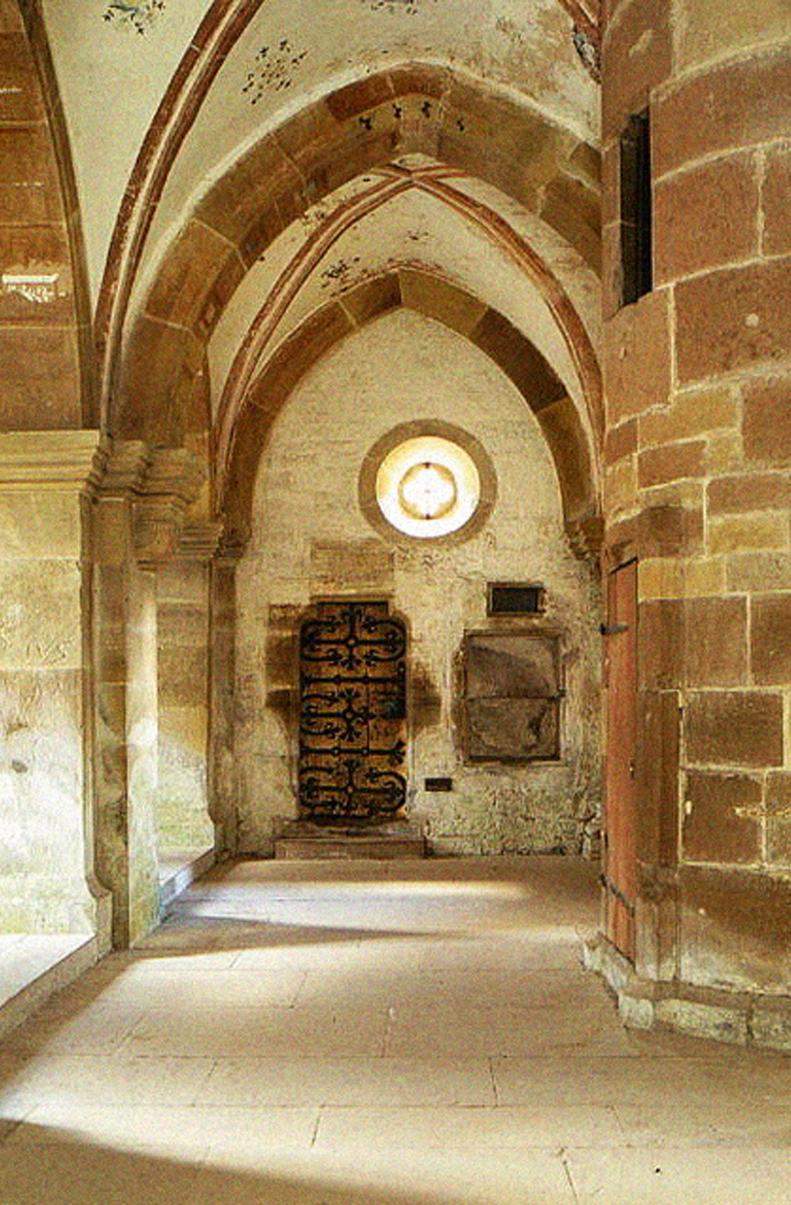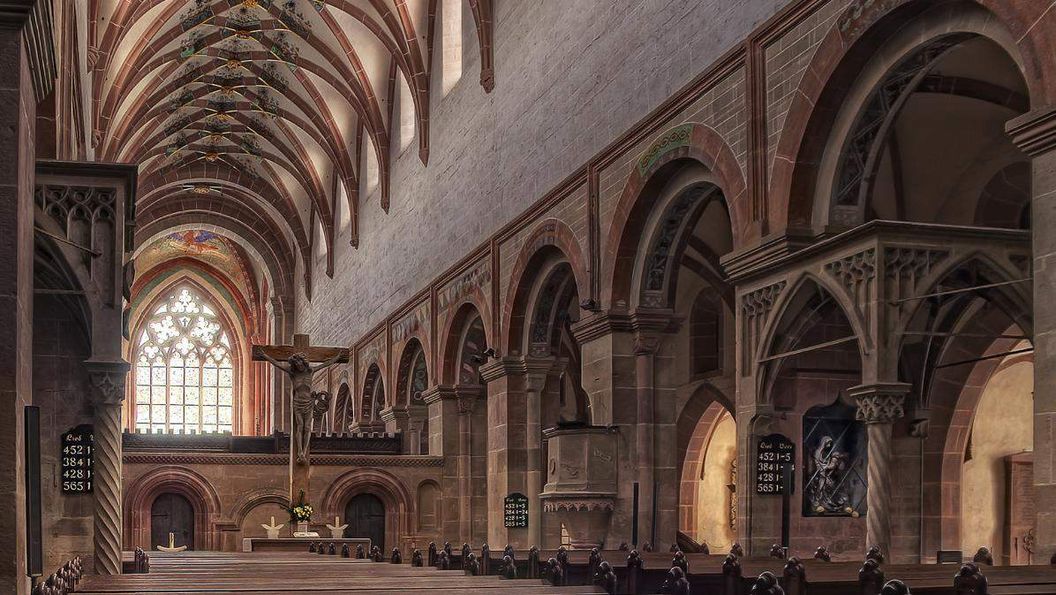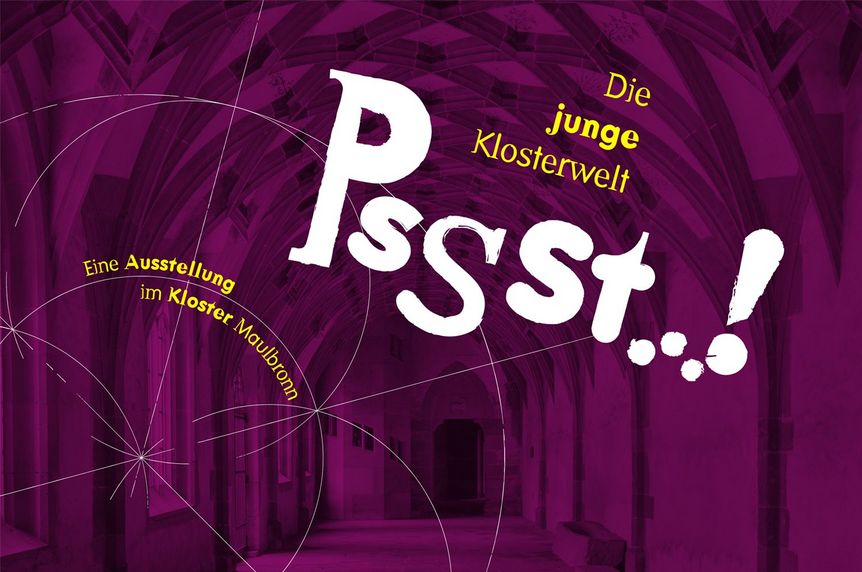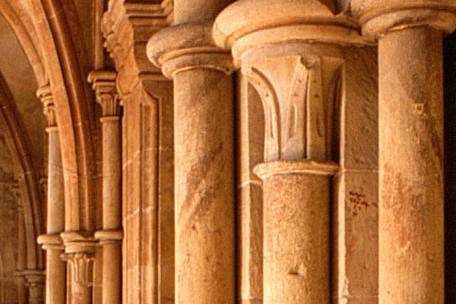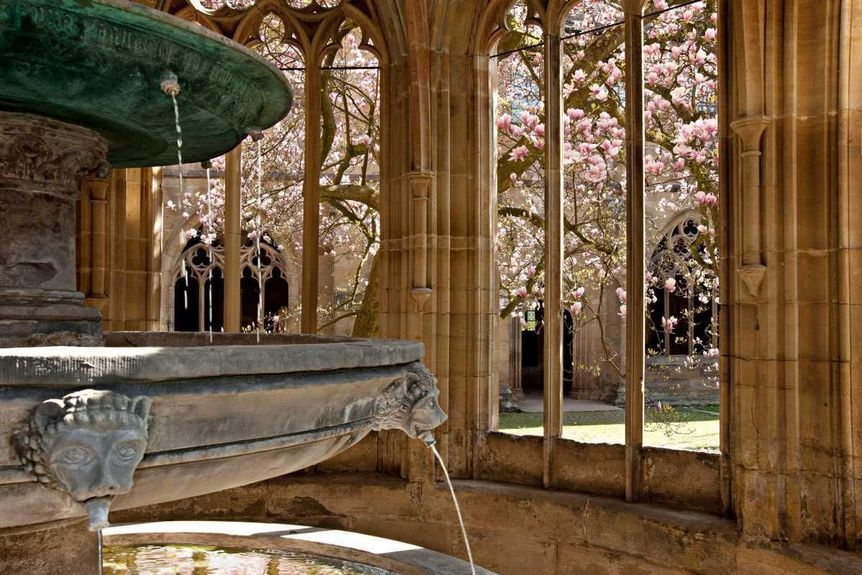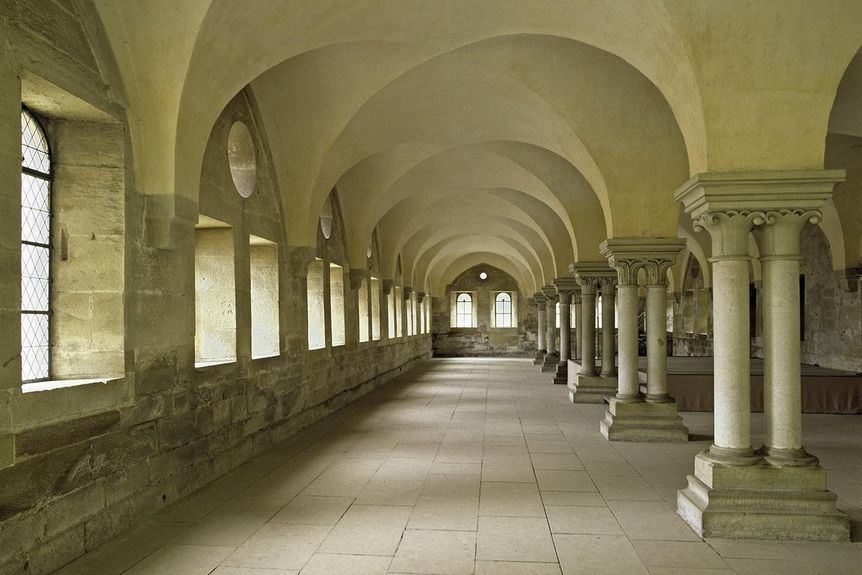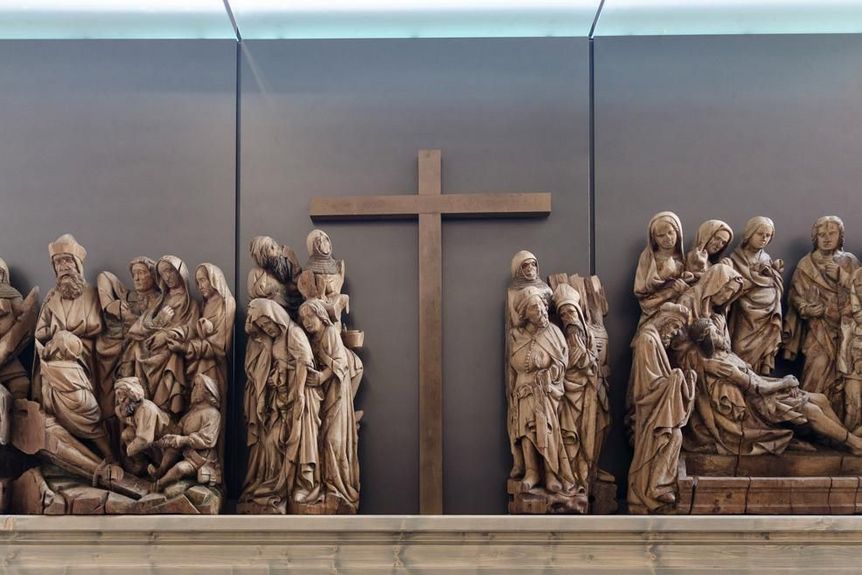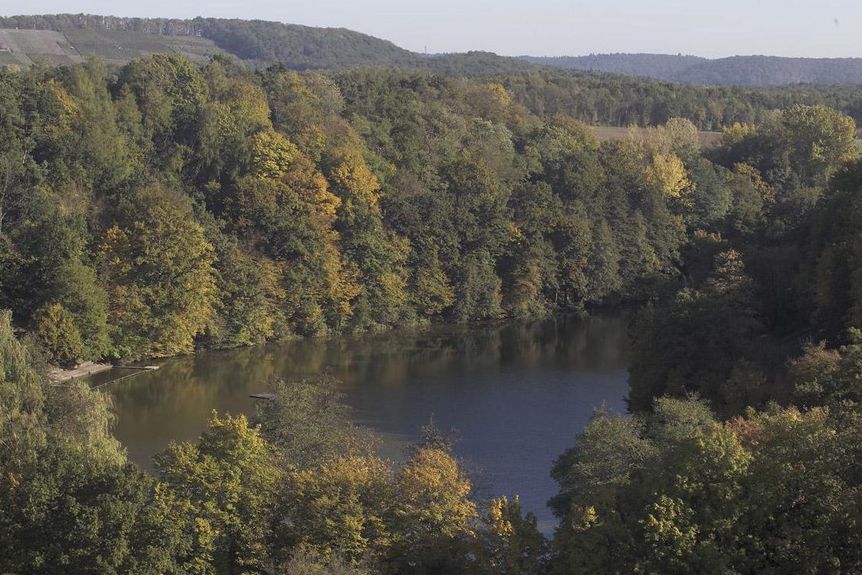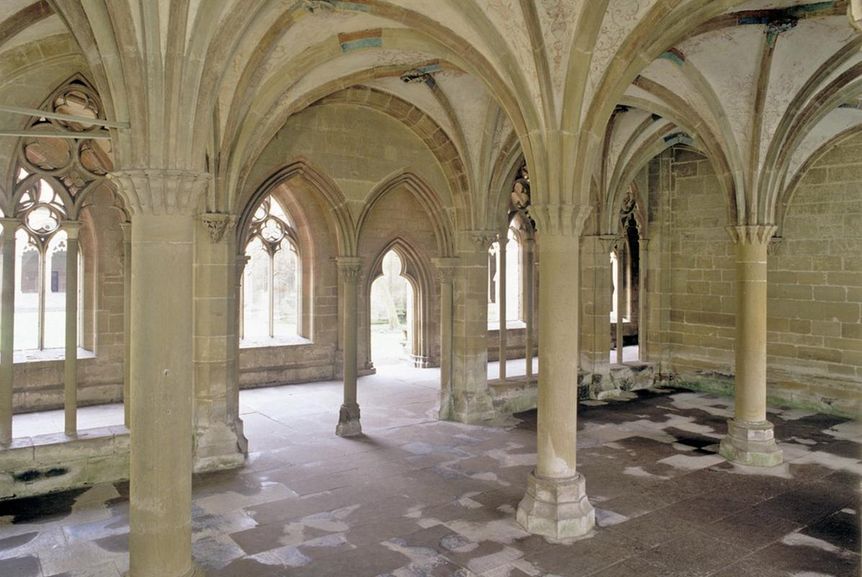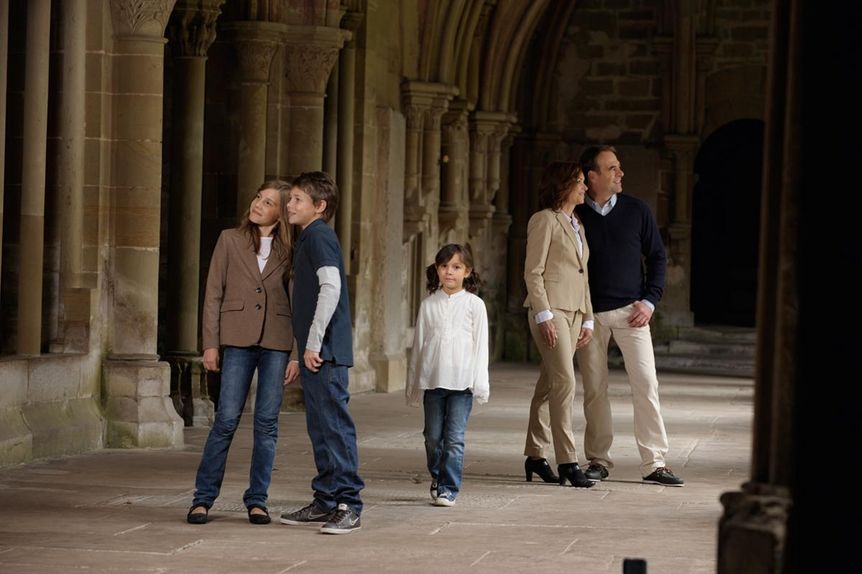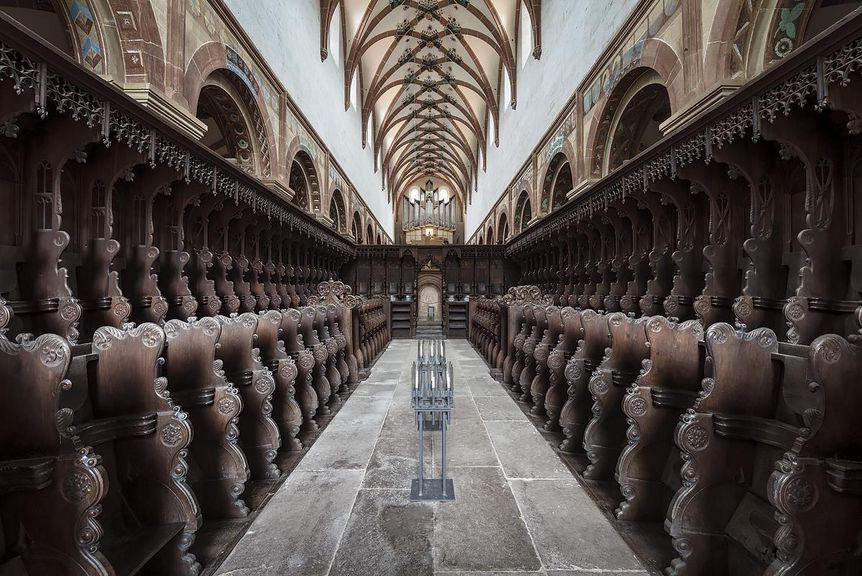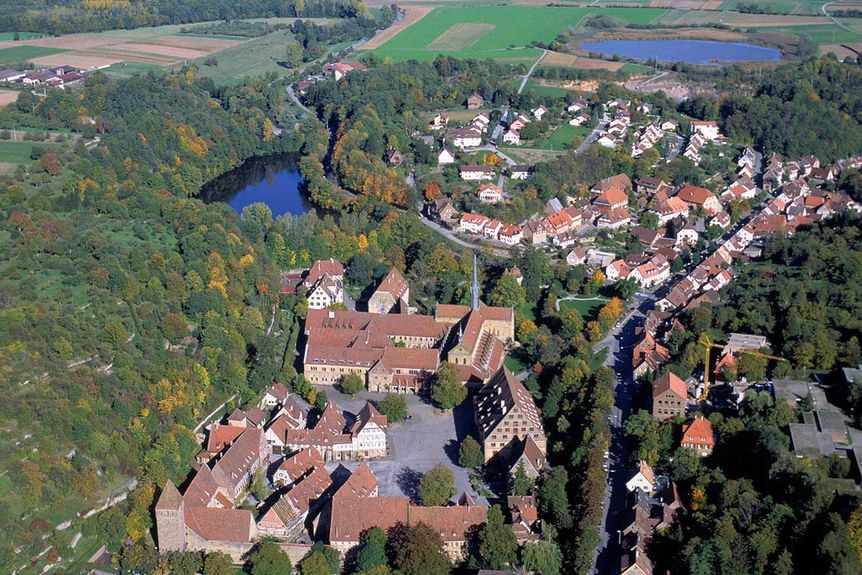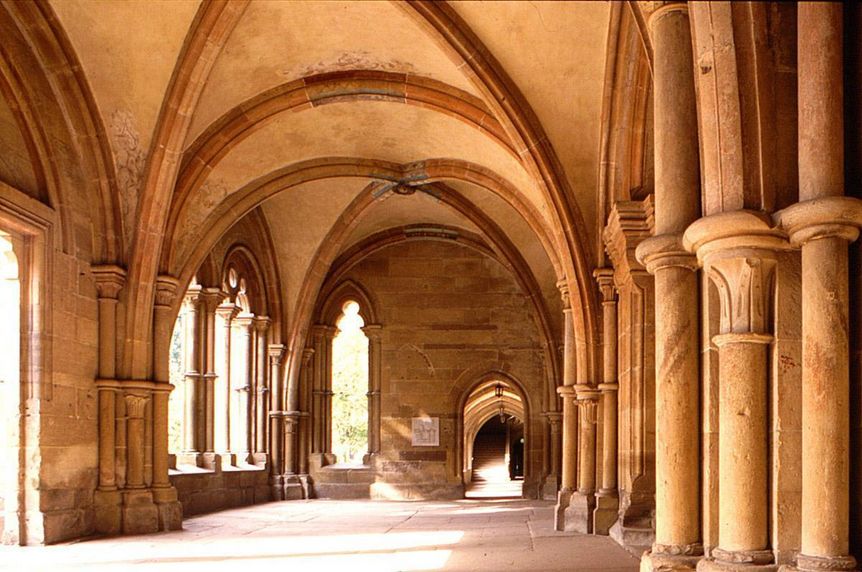Impressive complex with a captivating inner courtyard
Maulbronn’s many buildings are enclosed by Medieval walls and towers. Architectural highlights include the Romanesque monastery church, the Gothic cloister, and the fountain house.
The monastery church’s entrance hall, the Paradise, takes its name from the custom of painting church vestibules’ walls with scenes from the Fall of Man. In Maulbronn, the last painting was completed in 1522. However, little of this work of art remains visible. The Paradise, the cloister’s south wing, and the monks’ refectory were constructed in the late Romanesque, transitional early Gothic style. These structures played a vital role in spreading the Gothic architectural style throughout German-speaking Europe.



